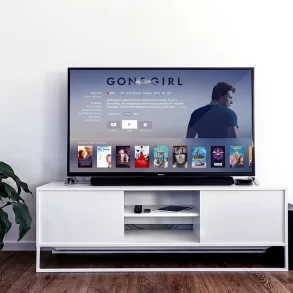A WordPress widget is a modular component that lets you add features to your WordPress website. You can add widgets to different areas of a website, such as the footer or sidebar. They are a key element of the content management system’s layout and design customizations.
This article looks at what WordPress widgets are, the different types of widgets, and how to create them.
The Purpose of WordPress Widgets
You need a widget if you want to add a visible function or feature to your site. For example, you might use an Instagram widget to link visitors to posts on social media. You can also tailor a widget to suit your specific needs. Here is a brief tutorial on how to customize widgets.
First, access them when creating or editing your site under the “Appearance” tab. Never store a lot of information in one – it’s a big mistake to put an entire paragraph there.
The page has a series of dropdowns in the “Appearance” tab. If the Opt 2 Home left, center, and right widgets are empty, direct your attention to them.
Why Tape Backups Are Important?From the list of widgets available, drag a Visual Editor box into the above widget areas. Then, proceed to customize each one by entering the respective text in the Visual Editor. Never use more than one link because the widget directs you to another page.
Types of Widgets
Widgets are very useful, so it’s only logical there would be a wide variety to choose from. WordPress has many default widgets as well as themes with specific ones. Below are some of the most popular widgets.
Email Subscription
You can integrate WordPress with a wide variety of response systems like AWeber, MailChimp, InfusionSoft, and Constant Contact. Displaying a box for opting into email notifications is as easy as adding code to a dedicated widget.
Vector or Raster – Which Type of Graphics Should You Use?Meta Widget
The Meta widget is one of WordPress’ widgets out of the box. It lets you and other people whom you give access to log into your WordPress admin panel from the main site.
Social Media Widgets
Many WordPress themes feature a dedicated social media widget, but you can also use a Text widget to code your own. This comes with a set of skills, though.
Pages, Posts, Categories
You allow visitors to your site to navigate it easily through several default widgets. They are self-explanatory, but there are others, such as Calendar and Archives, that provide more options to give visitors access to your posts.
The Cheapest Way to Build a Website and Get It OnlineText Widget
This was mentioned earlier. Adding HTML code or text to a widget makes it possible to provide your WordPress site with further functionality.
The main purpose of this widget is much simpler – displaying plain text within the widget. This is useful for important information, like taglines, which you want to be visible.
Search Widget
If your website is relatively complex, your visitors will appreciate being able to search for content. This widget alleviates navigation, albeit not being as feature-rich as a dedicated solution.
How To Design YouTube IntroShopping Cart Widget
A shopping cart widget is indispensable even if you’re only selling a few products. Plugins like WooCommerce provide access to widgets that can make you a lot of money. Most widgets also feature a dashboard to help you track sales.
Form Widget
The Contact Form is the most frequently used form widget. It comes in handy if you don’t have a public email. You can use widgets for consent forms, waivers, contests, etc.
Map Widget
Map widgets help customers find you, which is viable if you have a brick-and-mortar location or several.
Map widgets feature added functionality even though no widget is needed to add a Google map to your site. Functions include street view, animations, and the ability to search.
Call to Action Widget
Last but not least, you can’t do without a call to action (CTA) widget. You want your visitors to register for an email list or, even better, buy something from you. Call-to-action widgets come in many forms, such as banners, pop-ups, and slide-ins. Their purpose is to attract a potential customer’s attention and get them to perform a particular action.







